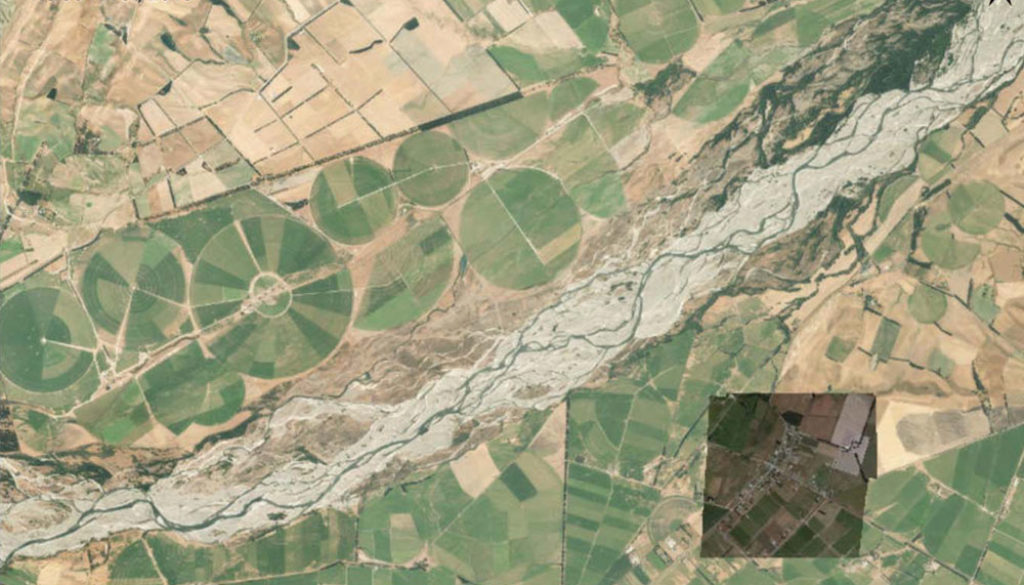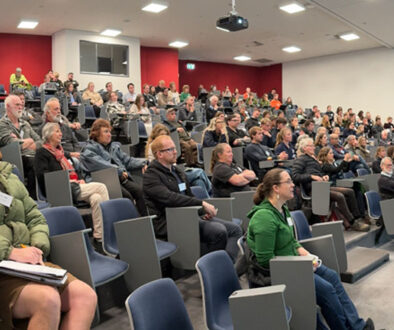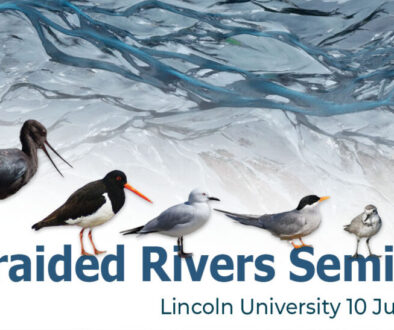Newsletter #40
Greetings,
The date for our next meeting, which will also be our AGM, has been changed. It will now be 2-5pm, Wednesday 26 September, at the DOC offices, Ngai Mahi Rd Sockburn. Please also note that the annual membership fee of $20.00 is due on this date.
Calling all North Canterbury trappers!
Conservation week is almost here, and DOC has invited all North Canterbury trappers and their families (and would-be trappers!) to come along for a family-friendly BBQ from 6pm-8pm, 20 September. This is a great chance to get together with other trappers, share a few stories and enjoy one of North Canterbury DOC’s famous barbecues. To ensure there’s enough food to go around, please RSVP Sarah Ensor (sensor@doc.govt.nz) by Tuesday 18th. (Note: this event has meant that the Ashley Rakahuri Rivercare Group AGM has been brought forward to Wednesday 19th September at 6.00pm)
The BRIDGE project: the next phase of defining ‘braided rivers’
The background to this project is outlined in the previous newsletter. Two further reports to help define what exactly is a braided river are now available.
I can’t stress enough the importance of this project, as over 11,000 hectares of braided river habitat was lost to intensive agriculture between 1990-2012. That loss is continuing, largely because there is no clear definition of where ‘braided river’ ends and ‘land’ begins, and thus, no ability under the RMA to restrict activities on what has historically been regarded as ‘undeveloped land’ (historically, biologically rich braidplain ecosystems and associated springs and wetlands).
Following initial community meetings, a values assessments for four rivers as representatives of Canterbury braided rivers, chosen as they have very different characteristics: the Waiau uwha, Ashburton, Waihao, and Ahuriri rivers, has been undertaken. While a North Canterbury farmer has just been fined $34,000 for deliberately clearing 70 hectares of the Waiau River braided riverbed, the programme for the second round of meetings includes these questions:
Farming in the river bed – “undeveloped” land
- How intensively should the area (or parts of it) be farmed?
- How should vegetation clearance be managed?
- What about stock access or exclusion?
- What farming activities should be managed in the river bed (or part of it)? How might this be done?
Farming in the river bed – “developed” land
- Should there be any particular regulatory requirements on intensively farmed land that was historically river bed?
- If a farmer has developed the braided river bed/margin, should they be able to put in river control works to protect their land & associated infrastructure?
River protection
If the river establishes a new active (gravel) channel should we allow the river to be put back into its old channels? Does the answer differ if there is river control in place or not (and whether there is a town at risk)?
Boffa Miskell’s reports and the programmes for the Waiau awha and Ashburton river meetings are here (17Mb PDFs). These are indicative of the content of all four upcoming meetings and include information on the Waihao and Ahuriri rivers (Note: ECan have also commissioned a separate cultural values report, which is yet to be done).
I would urge you to attend these meetings if you are interested in the future of our braided rivers:
- Monday 10 September Waihao Marae (Waihao River)
- Tuesday 11 September Omarama Community Centre (Ahuriri River)
- Thursday 13 September Ashburton Hotel (Ashburton/Hakatere River)
- Friday 14 September Spotswood Hall, Parnassus (Waiau Uwha River)
Meetings will run from 9.30am to 1.30pm with lunch (no field trip). Please RSVP Ian.Whitehouse@ecan.govt.nz or phone 027 500 1833.
**You can also keep up to date on what’s happening in your water zone by subscribing to the Water Zone mailing list (ECan)**
Bird surveys
Please do refer to our calendar if you would like to the planned river bird surveys over the next few months (flick through the months to see them all). If you would like to assist or would like further information, please email the contact person listed on each of the pages, as I am not the organiser.
Cheers,
Sonny Whitelaw
Manager
More news
- Welcome Back the Birds: Biodiversity Event at the Makarora Tourist Centre, this Saturday, 08 September: everyone welcome!
- The wrybills are here! Melitta Johnson sent these great photos showing a flock of wrybills on Hooks Beach, Waimate. Yes, you read that correctly, this was a flock, which is unusual for wrybills in the nesting season. A week or so later, Nick Ledgard also spotted a flock of 20 wrybills on the Ashley River. Around the same time, David Thomas saw 33 wrybills on the Ashley estuary (these may have included birds from the group Nick spotted). It’s more than likely the ‘flocks’ had literally just landed after their migratory flight south, but if anyone else sees ‘flocks’ of wrybill, could they please let me know (preferably with photos, location, and time/date) as it is somewhat unusual behaviour.
- Black-billed gulls have also settled on the Buller River (thanks to Jason McDonald for the great photos)
- Exclosure cages saving banded dotterels: more information, including detailed plans of how to build the cages
- New guidelines for flying drone near birds: Department of Conservation best practice guidelines.
- The Outlook for Someday 2018: Bloom: short film. It might look like a futurist dystopian drama…except that it appeared in Stuff the same issue as this present day (but equally dystopian) real-life event: ‘So much dairy effluent went into the stream it was ‘extremely toxic’ to anything in it.‘
- Southland plans to register cats: Bengal cat owners will need a permit, and domestic cats will be microchipped on Stewart Island/Rakiura and at Omaui under Environment Southland’s Proposed Regional Pest Management Plan.
- Genetic engineering (GE), is contentious in NZ in terms of food safety and health, but largely overlooked in terms of ecological health (for more on this, see my July post). The IUCN are now seeking peer review feedback from members, of the draft Assessment of Synthetic Biology and Biodiversity Conservation. The draft is available for download, along with the required peer review comment form. All peer review comments (note: peer reviewed, not emotive opinions!) will be responded to by the authors, and the completed comment form made available online.




